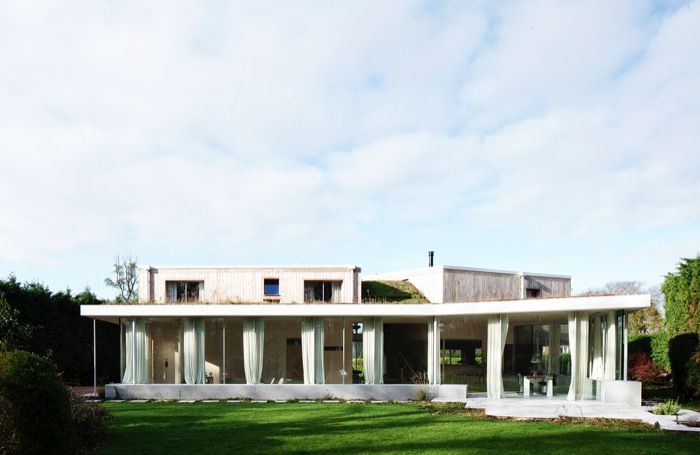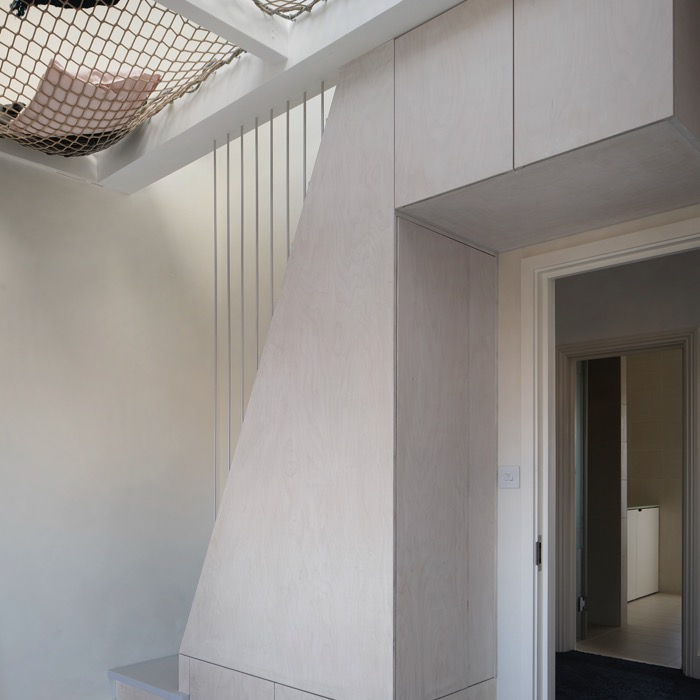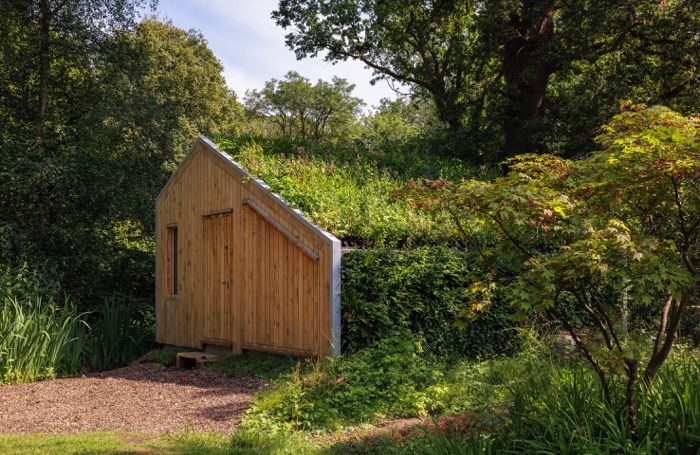Catja de Haas Architects
Areas of expertise: housing, sustainability, community (arts), and the coast.
Catja de Haas Architects looks at all aspects of architecture: from conceptual and art projects, furniture to buildings and urban planning. Their work is people centred, while concerned with the environment and a rapidly changing world. As a small, multidisciplinary design practice, they focus on sustainability and community through research and design. The practice has worked in coastal areas, AONBs, and to Passivhaus standards.

Catja de Haas Architects value good design and practical solutions and are conscious of building sustainably; reusing materials where possible. Through the Giant Dolls’ House they are involved in working with refugees and the homeless as well as education. In their urban scale work, they are interested in making well-informed plans that combine human scale and are presented in such a way that they engage users easily.
Phone + 44 780 3627 426
Address 20 Schubert Road, London, SW15 2QS
Website www.catjadehaas.com
Instagram @catjaarchitect

What do you stand for?
For beautiful, engaging and practical design that makes the world a little bit better and more joyful. We want to make sure people of all ages have the latest information about their environment so they can make informed choices.
What differentiates you from other architects?
We are a small, agile practice, able to collaborate, and design buildings down to furniture level. Our design is underpinned by strong concepts and research. We run the Giant Dolls’ House project, a social arts project that asks participants to engage with their idea of the home and have developed different art projects that deal with the home and domesticity. Through the Dolls’ House installations, we work with a wide range of people and are interested in developing briefs that make sure buildings also bring different people together.
We are a research-based practice so carefully develop brief and narrative with the client. At the same time, we have a good knowledge of sustainable materials and have built and supervised real buildings and have worked on urban plans. We have worked on the multiple issues that smaller coastal towns face.
Through teaching at Arts University Bournemouth as well as through involvement with Chichester where we are involved in setting up a coastal research centre. We are interested in design as well as educating and communicating design, so people are aware of what is possible and can be done.
What projects are you currently working on?
A new dolls’ house installation with people from Kharkiv and London. We are still in discussion about a small urban plan for a coastal town as well as a 16th century house extension, a small project that tries to reinstate a millwheel, and a small apartment in Amsterdam. We are also involved in setting up a coastal laboratory; a research centre for the coast that approaches local issues (sewage, sea-level rise, biodiversity, tourism) holistically.
What kind of clients do you work with?
We work with clients from councils to developers and homeowners. They all like that we listen and come up with solutions that they understand and that are practical but are also out of the box and beautiful. They like our creativity and the way we involve them in the design process as we always explain our thinking through accessible diagrams, models and drawings. They also like how we blur the boundary between furniture, landscape, and architecture as a way to create flexible spaces. We are also professional and meet deadlines and deliver what is asked.
What have been the highlights for you in the past year?
The pre-planning visit of the heritage officer for the 16th century house who said he was impressed with our work. Working with community groups in Southwark and refugees in Putney on Giant Dolls’ House installations. Finishing the small boathouse that is planted with both edible and indigenous plants, therefore integrating in its surroundings, absorbing CO2.
What is your special focus for MIPIM 2024?
We would love to meet people who are interested in staging a giant dolls’ house installation as a way to start a discussion or a plan. We feel we are ready to pitch for larger projects where we can use our skills better as we are expanding our office. We would love to meet developers who are into social housing, small community buildings, cultural buildings, art venues.
We did studies on hotels for homeless youth for which we placed top three in the hidden homelessness competition in 2018 and would be interested in working on the interior and brief for small hotels.

Find out more about the RIBA Chartered Practices attending MIPIM 2024.






